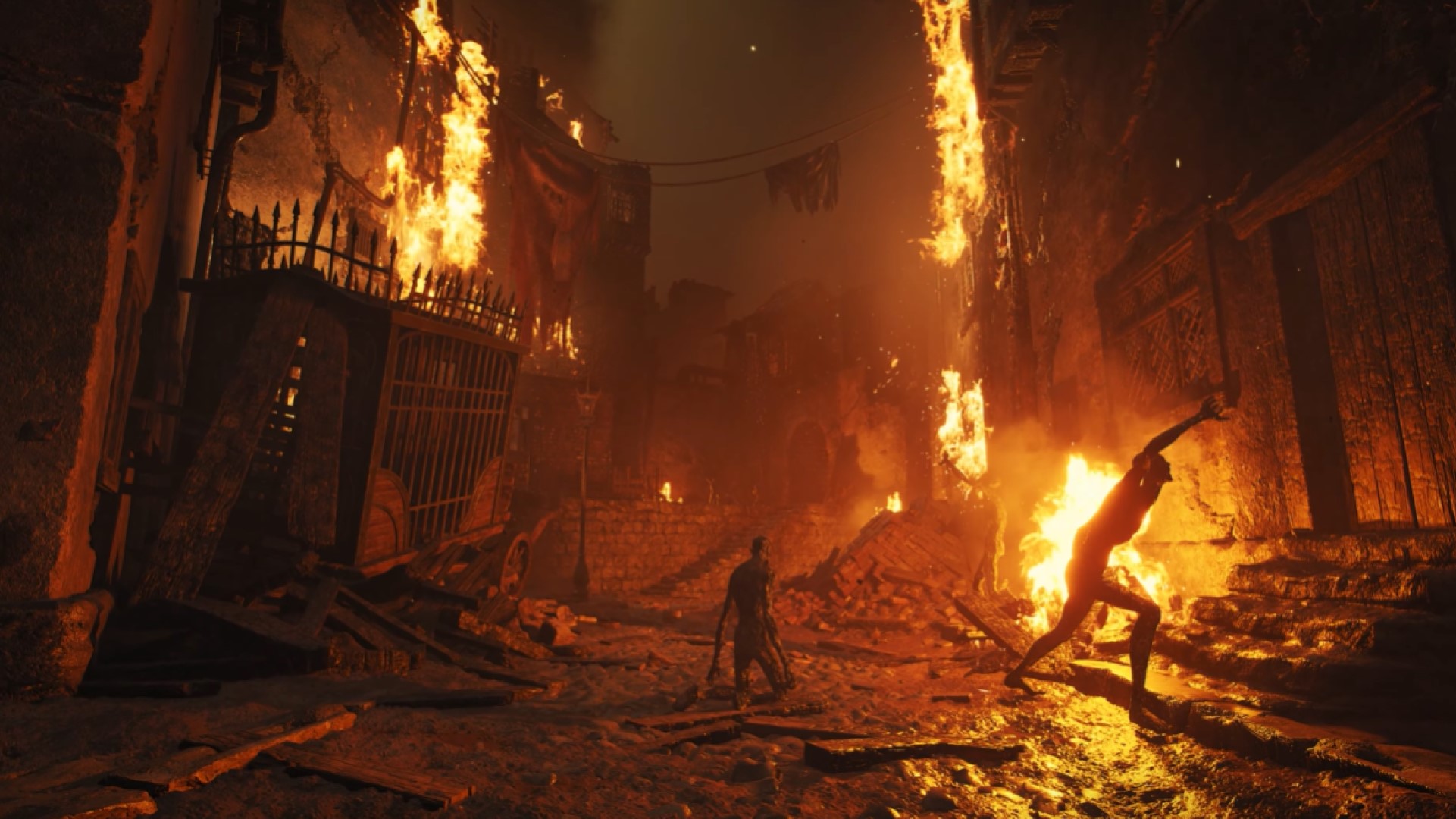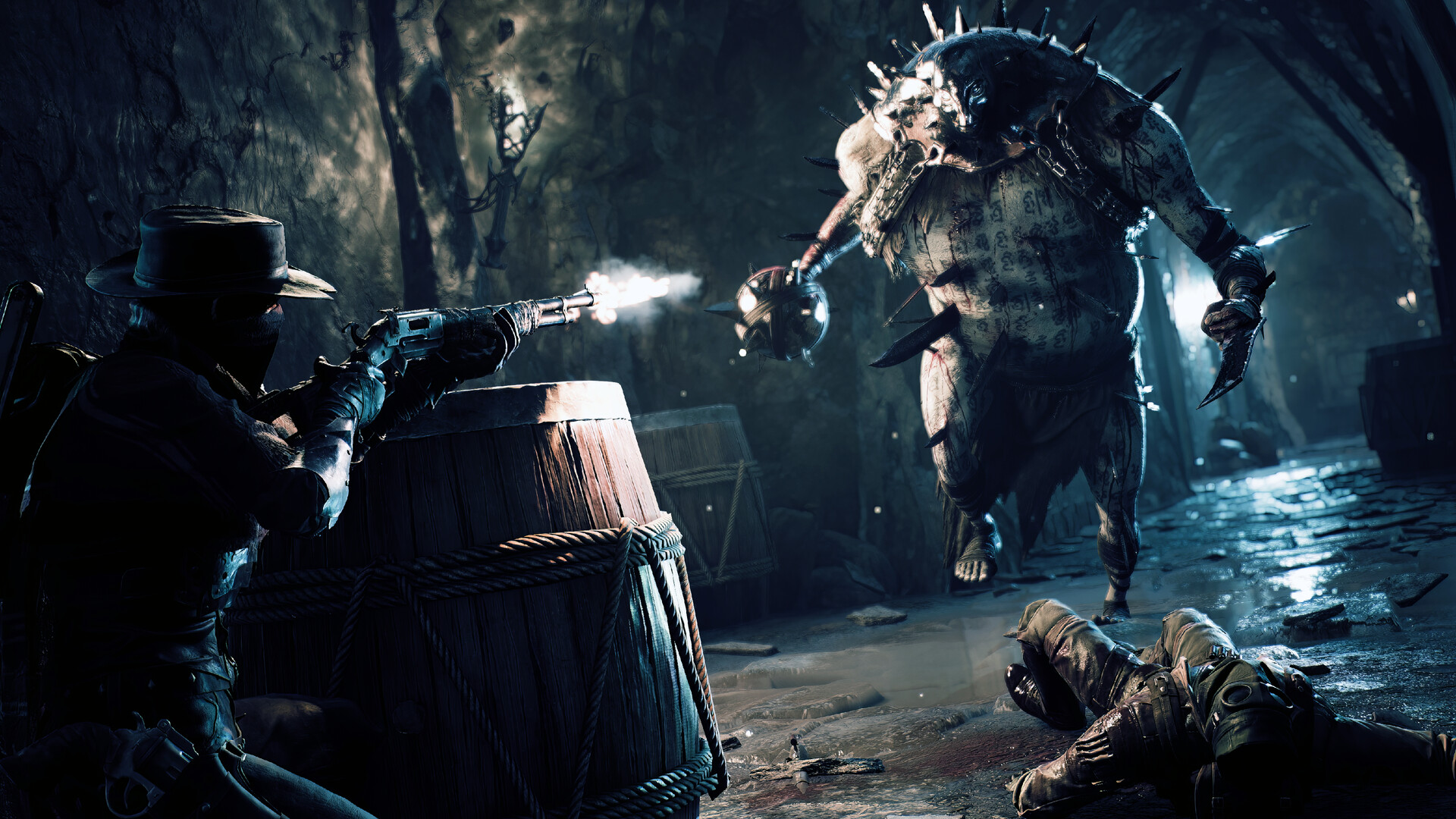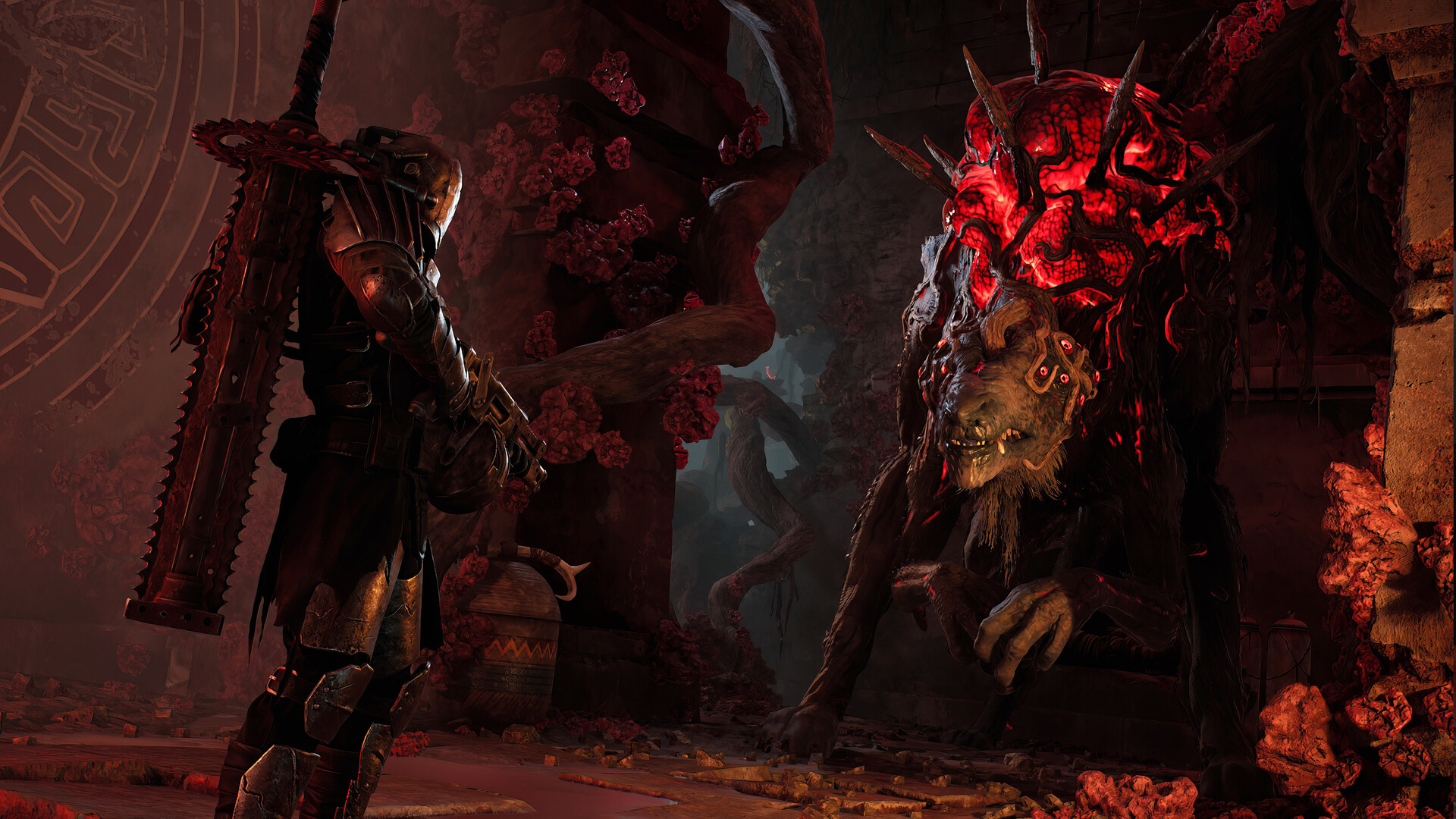When I first played Remnant: From the Ashes, I didn’t know what to expect. Gunfire Games had always been the team behind Darksiders, and now they were delivering a third-person shooter with Souls-like dodge-rolling and co-op? It eventually became one of my favorite games, despite not being flawless. Everything from the lore and the art direction to the premise and combat was incredible.
Almost four years later, Gunfire Games is back with Remnant 2 which promises and delivers more. Did you enjoy the combat and equipment from the first game? There are more weapons and customization options available, along with an overhaul to the Classes. How about discovering new secrets and events on repeat playthroughs or runs? The world generation is significantly overhauled to present new areas, enemies, quests and more.
“After a series of events, the Worldstone is activated once more, and you must travel to different worlds to find some missing persons. The ultimate goal? To end the Root once and for all.”
Enjoyed getting curb-stomped by the bosses? Remnant 2 delivers more that are arguably even tougher. Furthermore, it expands on almost every aspect in compelling ways while feeding into that desire to see what’s around the next corner, be it potential new threats or stunning art direction.
Set several years after the end of the Subject 2923 DLC, Remnant 2 sees you as the Traveler, searching for Ward 13 to seek shelter. You find it, but not without dealing with the Root, which remains a threat even after they were evicted from Earth. After a series of events, the Worldstone is activated once more, and you must travel to different worlds to find some missing persons. The ultimate goal? To end the Root once and for all.
In terms of plot set-ups, Remnant 2 starts more narrative-heavy than expected. There’s a bit of friendly banter, which is awkward at times. It’s not terrible, especially when you arrive in Ward 13 and speak to some familiar faces. The moments of levity become fewer and farther between to make more way for mystery and intrigue, and before long, you’re caught up in the mysterious and vividly terrifying worlds and their bizarre denizens.
Except when your character is constantly blurting “It’s over” or “Is it over?” after each encounter. On the one hand, it’s cheesy while still providing enough feedback that a fight is finished and you can let your guard down. Learning that I have material which can be used to craft a new weapon or Mod is also fine. On the other hand, it’s spammed even after taking out one solitary enemy, to say nothing of the other victory lines, which sound worse. Reducing the frequency of fight-ending lines would certainly help.
“Each location feels meticulously crafted with distinct art styles and attention to detail. The fidelity is a major step above the previous game, especially with the draw distance, texture quality, atmospherics and more.”
One of Remnant’s biggest strengths has been its world design, and the sequel is no exception. Each location feels meticulously crafted with distinct art styles and attention to detail. The fidelity is a major step above the previous game, especially with the draw distance, texture quality, atmospherics and more. None of that would matter without compelling spaces to explore, and fortunately, Remnant 2 excels at that too.
Take N’Erud, for example. It’s a massive space construct created by the Drzyr, who ventured into a black hole to learn more about life, the universe and everything. Unfortunately, the answer didn’t quite add up to 42, wreaking havoc on their second home and turning most of them into incorporeal entities. This is further reflected in the desolate wasteland players must travel and the dank laboratories and industrial districts which appear to be falling into ruin. As you explore the environments, you’ll encounter security drones and robots, but eventually, husks and grotesque rolling masses of flesh will assault you.
There are various nooks and crannies with materials to collect, equipment to discover and mini-bosses to fight (who grant Trait Points). It’s worth going out of your way to explore, but like the first game, there are different quests to complete, which can result in unique outcomes. One such quest involved helping the Astropath, Tal’Ratha, but I could also opt to kill him at the behest of The Custodian.
Of course, on starting a new Adventure Mode run, I began by interacting with the Seeker, traversing the Phantom Wasteland, with several different points of interest and some new robotic threats. It led to a different encounter and quest involving The Custodian, which took me to a brand new location teeming with hostile creatures that evoked the Alien films.
“Perhaps the only real downside is that the camera becomes slightly erratic when backed into a corner, which can happen in more confined areas.”
I haven’t experimented with the full extent of world generation, but it’s still a massive improvement over the original. Furthermore, the new locations are just generally fun to explore. Losomn, for example, feels almost like Yharnam with its Gothic Victorian-era-esque architecture and hordes of manic Dran foes. The narrow alleys and streets felt more claustrophobic, in turn making certain weapons – like that chain lightning gun I recently acquired – feel more effective. In the more open areas of N’Erud, a long gun or the revolver felt more reliable.
Combat is the other major facet, carrying over wholesale from the original. You can still dodge roll, gaining invincibility frames based on your weight, and enemies still have weak spots to target for massive damage. Weapon Mods are also present, activating after dealing enough damage for special effects like shock and fire rounds to lightning rods that chain electricity between enemies and a cube shield to absorb projectiles.
It all feels great, and lo and behold, melee combat also feels pretty good right out of the box. Perhaps the only real downside is that the camera becomes slightly erratic when backed into a corner, which can happen in more confined areas. While it didn’t result in any frustrating deaths (yet), it led to some awkward situations, especially when my character got knocked down, and I had no idea.
There’s also dynamic threat generation, which can result in enemies randomly popping up at times. I’m a bit mixed on this because while more stuff to shoot is good, being low on healing items and far away from the next checkpoint, evading the latest random horde can feel annoying.
“It’s also somewhat odd to see some enemies confined to specific areas in a world randomly coming out of the woodwork to attack you. Challenging and a good way to get Lumenite Crystals? Sure, but also weird.”
The biggest change is the addition of Archetypes. You can choose from five at the start and must level them up to unlock new Perks and Skills. They each have a Prime Perk, like the Gunslinger’s ability to reload all weapons and grant infinite reserve ammo for 30 seconds after using a Skill, feeding into the fantasy of constant damage.
While you begin with a Skill like Quick Draw that fires six rounds at nearby enemies (or held for one big damaging shot), you can gain others, like Side Winder, which increases ADS speed and draw/swap speed while automatically reloading weapons on swapping them. There’s a healthy amount of customization, and then you get a Secondary Archetype for some multiclassing potential.
The first I unlocked was the Alchemist, which extended the duration of consumables while granting Damage Reduction with its first available Skill. Granted, leveling up Archetypes does take some time, but the boosts in power feel significant.
“Speaking of bosses, there’s quite a healthy variety available. You have mini-bosses, akin to regular enemies but with much more health, unique attacks and modifiers like teleportation, elemental damage resistance, and more.”
The Trait system is also more or less the same, but now you have an Archetype Trait, which increases with the Archetype Level and a Trait from the Secondary Archetype for mixing and matching. It adds some much-needed build crafting and customization without taking away from the compelling combat or tension.
Another big change is the removal of armor set bonuses, which are now assigned to Mutators that you equip on weapons. I welcome this, especially since it lets you wear what you want, balancing damage reduction, weight, resistance and fashion. It’s worth noting that even without equipping any Mutators, I had no trouble mowing down enemies or tackling bosses, but your mileage may vary.
Speaking of bosses, there’s quite a healthy variety available. You have mini-bosses, akin to regular enemies but with much more health, unique attacks and modifiers like teleportation, elemental damage resistance, and more. The bosses are epic encounters, encompassing a bigger scale while testing your dodge-rolling and aim. There’s probably only one that irked me due to mostly being a memorization and timing-based fight, but the rest have been very good so far.
I had some issues with the controls on PS5 when it comes to aiming sensitivity. Snapping to targets felt fine, but raw aiming and the deadzone felt a bit heavy, and quickly hitting weak spots felt a little challenging. Maybe I just haven’t found the correct settings or need more testing, but it felt comfortable most of the time.
“Quirks and issues aside, the sequel offers so much variety, challenges, environments, features and customization while delivering a compelling, well-paced journey.”
However, one thing I could never get used to is the cursor snapping while navigating the interface. Having it automatically snap to certain points is annoying, even while the interface feels decent to manage. Performance-wise, there were a few frame dips here and there, but the game ran at a pretty consistent 60 FPS for the most part.
There was a bit of jank at times, and maybe a few involuntary leaps over obstacles (which were unintentionally beneficial), but overall, I didn’t encounter any major bugs or technical issues. The lack of HDR options on the console was odd, resulting in some shadowy areas feeling very dark, but again, not a deal-breaker.
Saying that Remnant 2 is more Remnant isn’t inaccurate, but it’s far from being just more of the same. Quirks and issues aside, the sequel offers so much variety, challenges, environments, features and customization while delivering a compelling, well-paced journey. Sure, it doesn’t break the mold for compelling third-person shooter action, but it’s a worthy sequel that fans will love.
This game was reviewed on PlayStation 5.
Remnant 2 Review – Ash Like Snow
Source: News Beginning






0 Comments